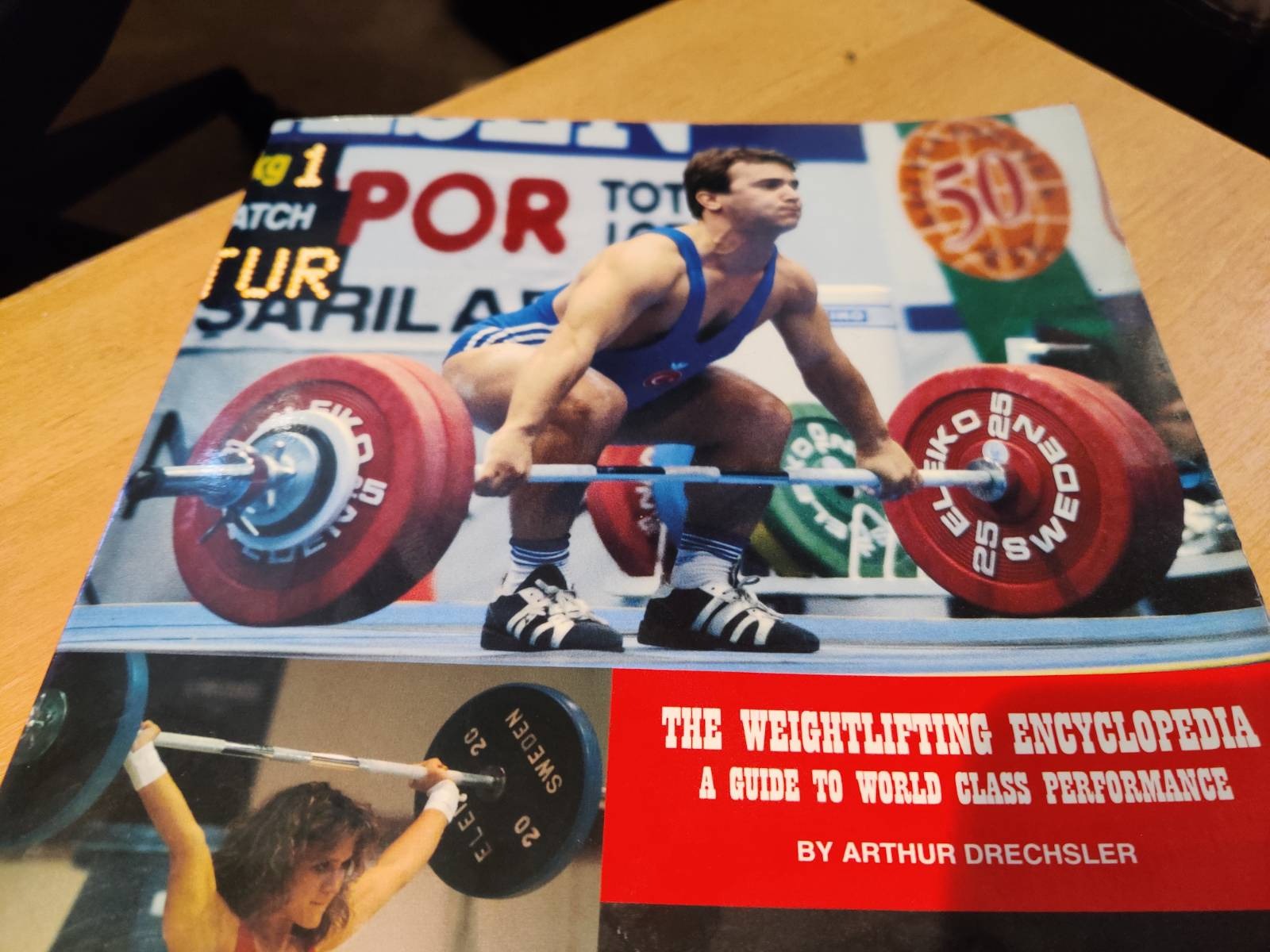Selecting an Optimal Foot Spacing
Foot Spacing for the Pull
Athletes will often ask about the correct foot stance for the pull. The answer given by most coaches is that the best stance is the one from which the athlete can jump the highest since, they argue, the final explosion in the pull is like a jump. There is a lot to be said for such advice. The final explosion in the pull is like a jump in many ways, and position that is functional for a jump may well be best for executing the final explosion in the pull. In addition, the jumping position (which is generally with the feet spaced at approximately at shoulders’ width) permits the lifter to assume his or her full height when standing. In contrast, if the lifter stands with the feet wider, he or she will be slightly shorter. This will result in the bar being at a lower position than is usual when the lifter is performing the final explosion or assuming the extended position. Consequently, the bar will need to travel higher in relation to the position of the body with a stance that is wider than shoulders’ width.
Despite the advantages of pulling with the feet in a jumping position, some lifters will find it hard to assume a correct starting position in the pull with the feet so placed. Their flexibility and body proportions may cause them to round their backs, to raise the hips faster than the shoulders, or to make some other important error in the start of the pull If the trade-offs a lifter must make in order to keep his or her feet in a jumping position are too great, any advantages of such a position are overcome by the disadvantages. If a lifter has trouble finding a strong starting position in the pull, widening the stance and/or turning the toes out more than usual will often help. Something may be given up in the explosion, but that may be worth giving up in order to gain a correct and secure position at the start or in any of the first three phases of the pull. Only the coach and lifter can decide this, and it must be done case by case. The main point is that blind obedience to the generalities of technique can result in less than optimal performance for at least some athletes.


Comments
No comments yet. Be the first to react!